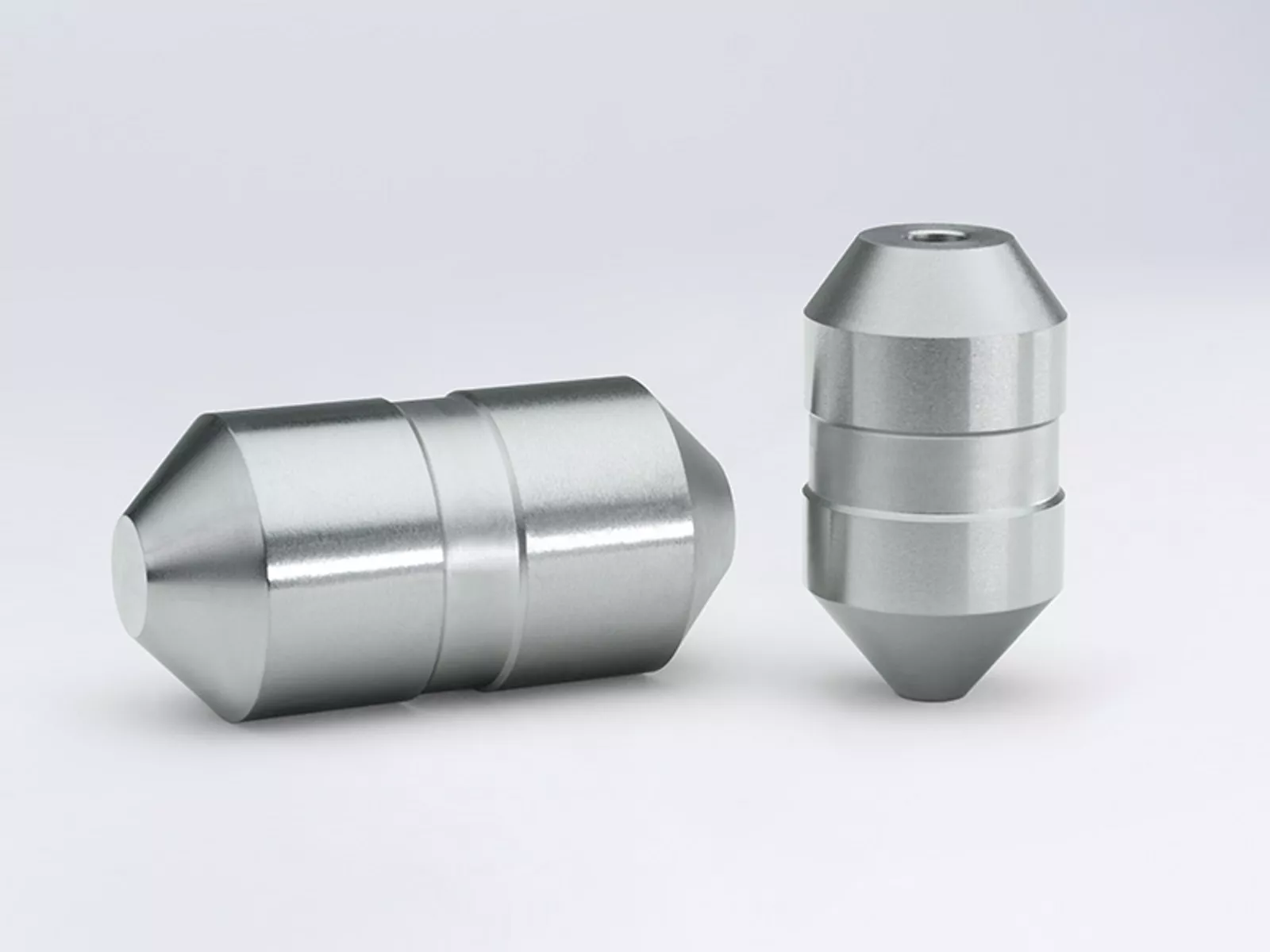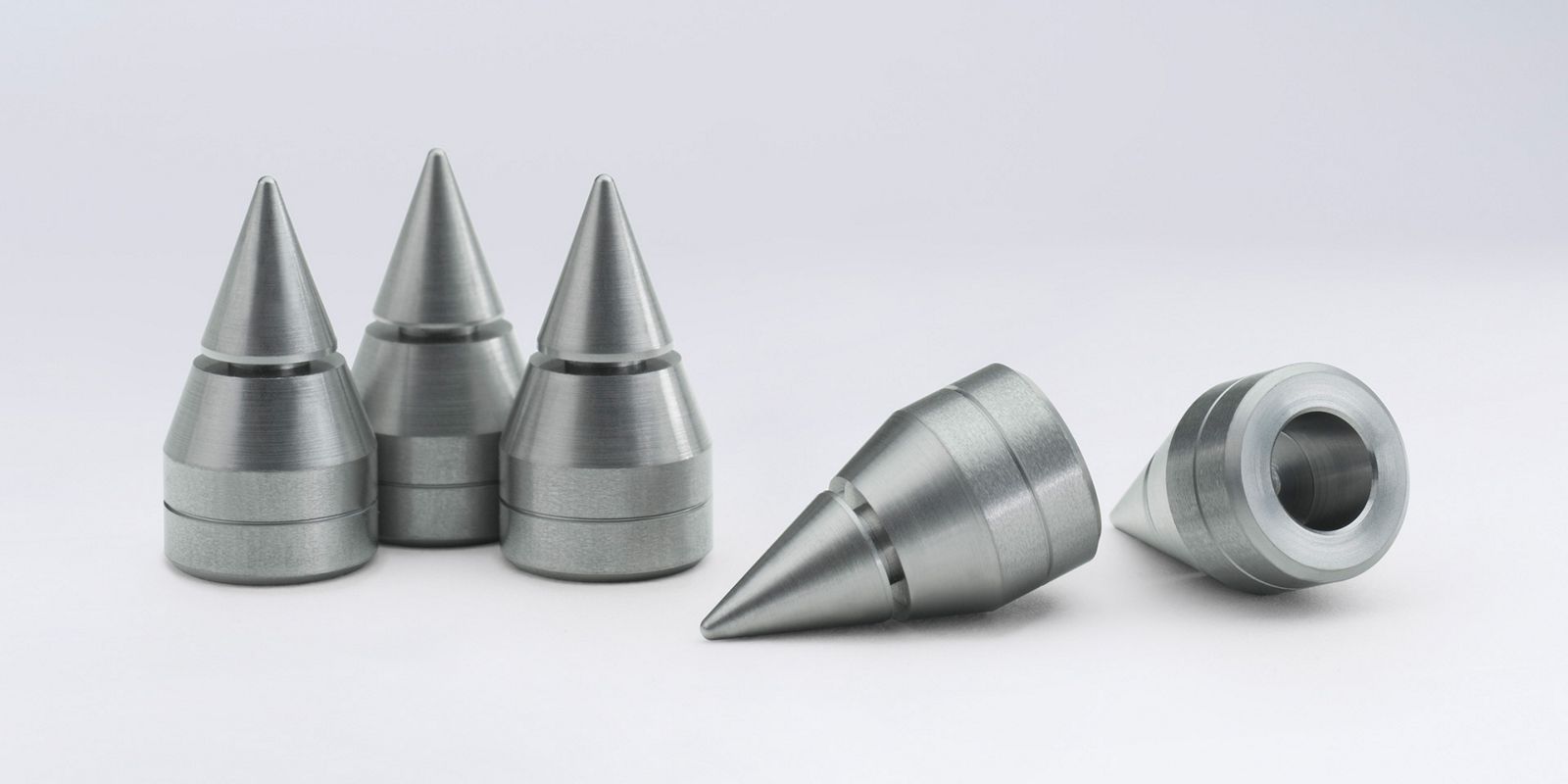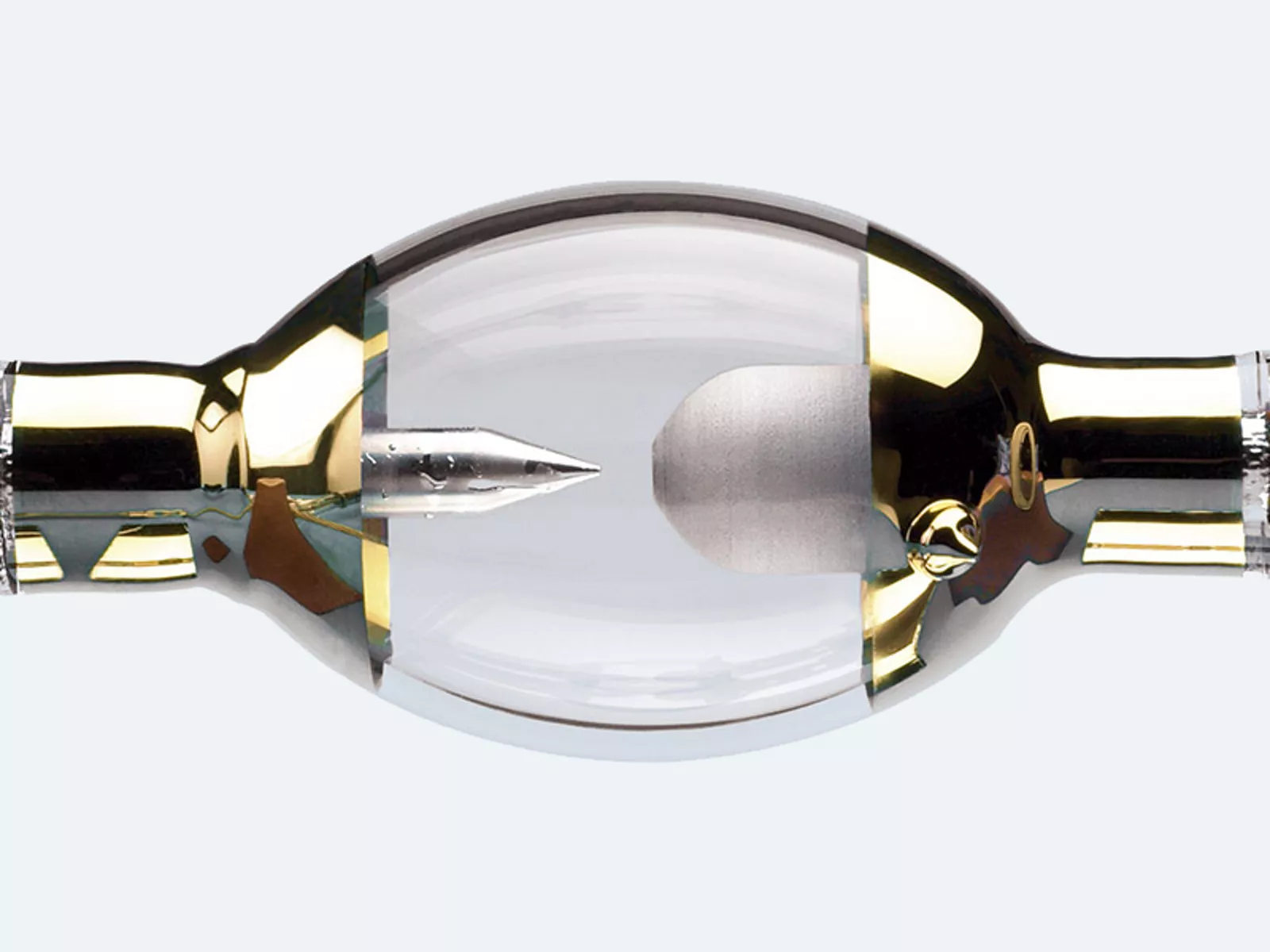Tungsten cathodes
We provide tungsten doped with aluminum-potassium silicate (AKS) or lanthanum oxide for cathodes. We also provide WLZ: a tungsten material doped with lanthanum and zirconium oxide. The oxide-doped alloys are the non-radioactive alternative to thoriated materials. We also provide porous tungsten or tungsten-rhenium cathode bodies for infiltration with barium oxide, for example.
Tungsten anodes
Anodes must be able to withstand the highest thermal loads. We provide special potassium-doped tungsten materials for this purpose.
- WVM = 30 - 70 µg/g potassium doping, Dm 2-13 mm
- WVMW = 15 - 40 µg/g potassium doping, Dm 13 mm + larger
- S-WVMW = 15 - 40 µg/g potassium doping, Dm 35 mm + larger
These materials have a particularly good high-temperature stability and are characterized by their excellent creep resistance and burn-off behavior.
For applications with a particularly high load, we provide special coatings that increase the emissivity and thereby improve the thermal radiation.
Tungsten supporting bars
Supporting bars are primarily responsible for supporting the cathodes and anodes. While the lamp is being transported, they are subjected to high mechanical impact loads. In order for the lamp to work, the electrical and thermal conductivity are also essential. We provide the tungsten alloys WVM and WL-S as the ideal solution for supporting bars. Both alloys are particularly break-proof following high-temperature treatment, during the production of the lamp bulb.
Short arc lamp with a tungsten electrode:




